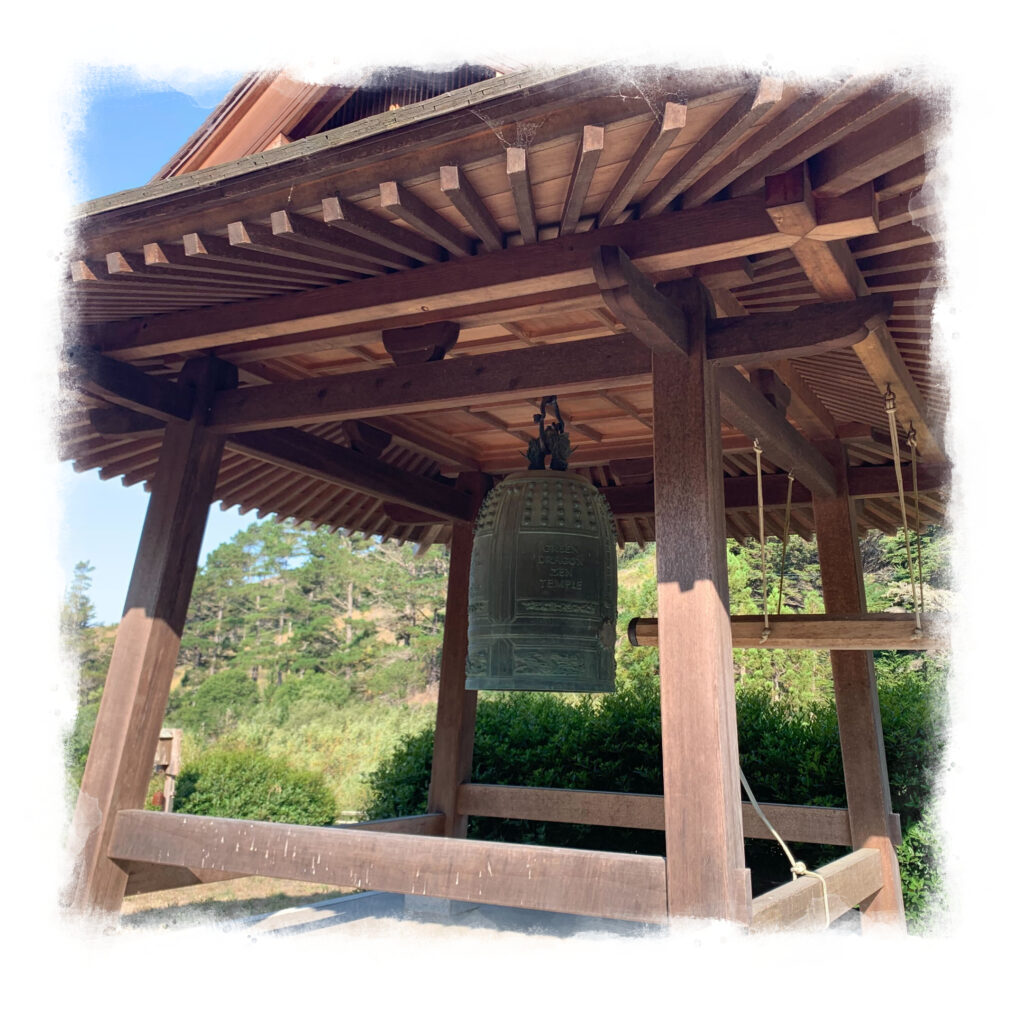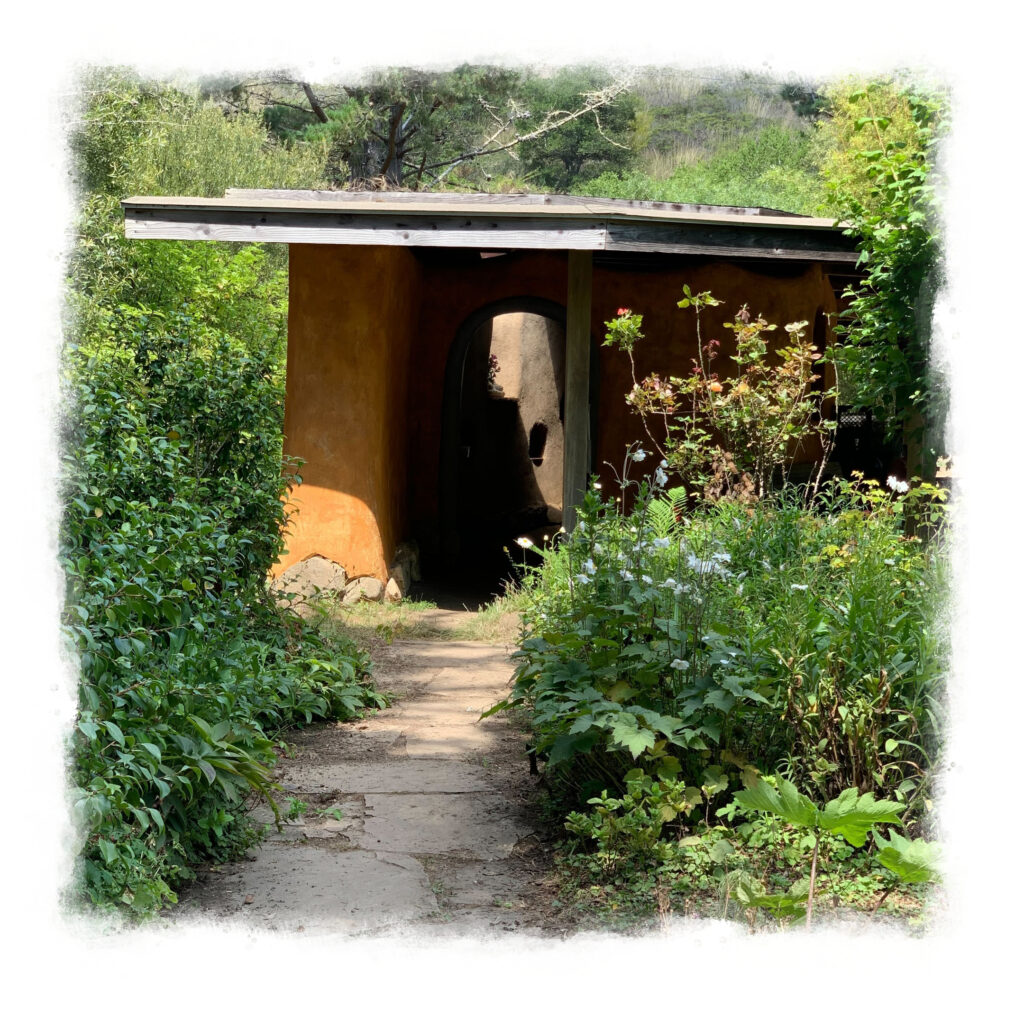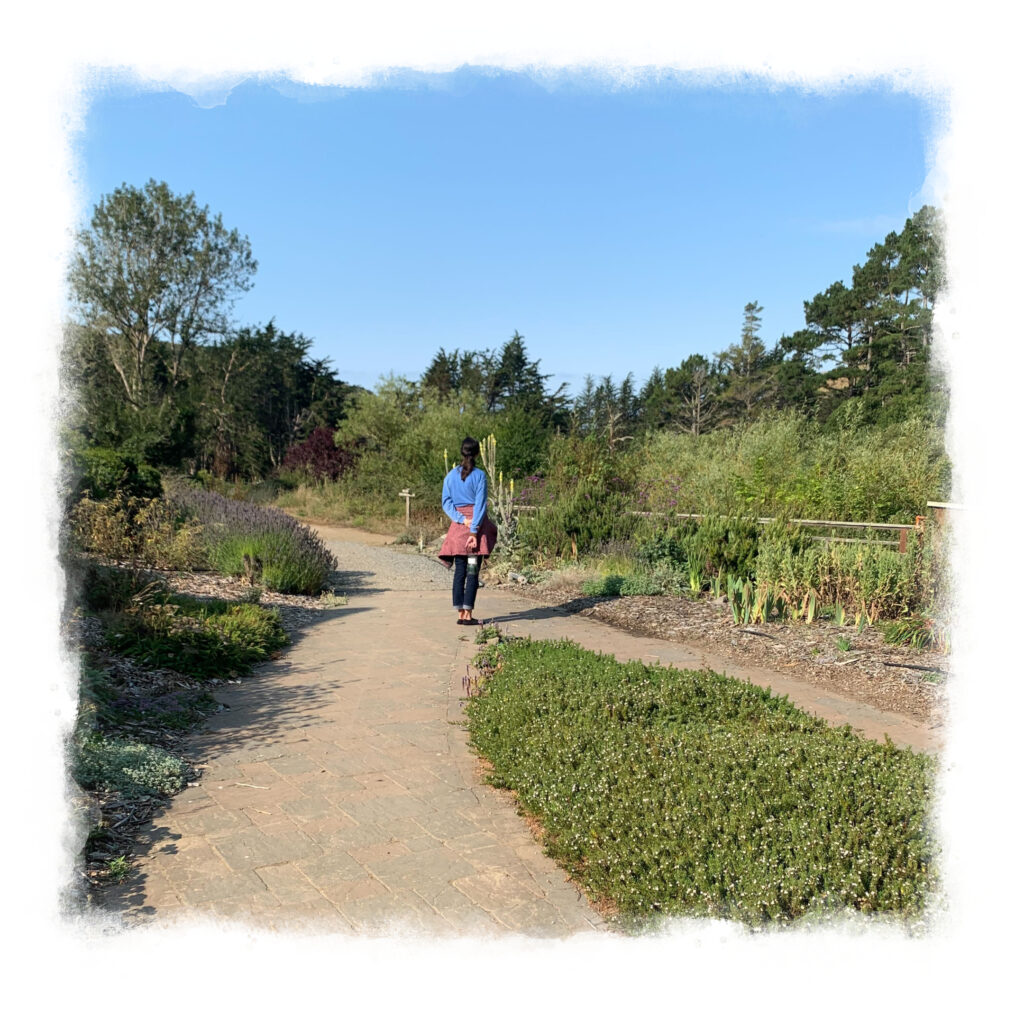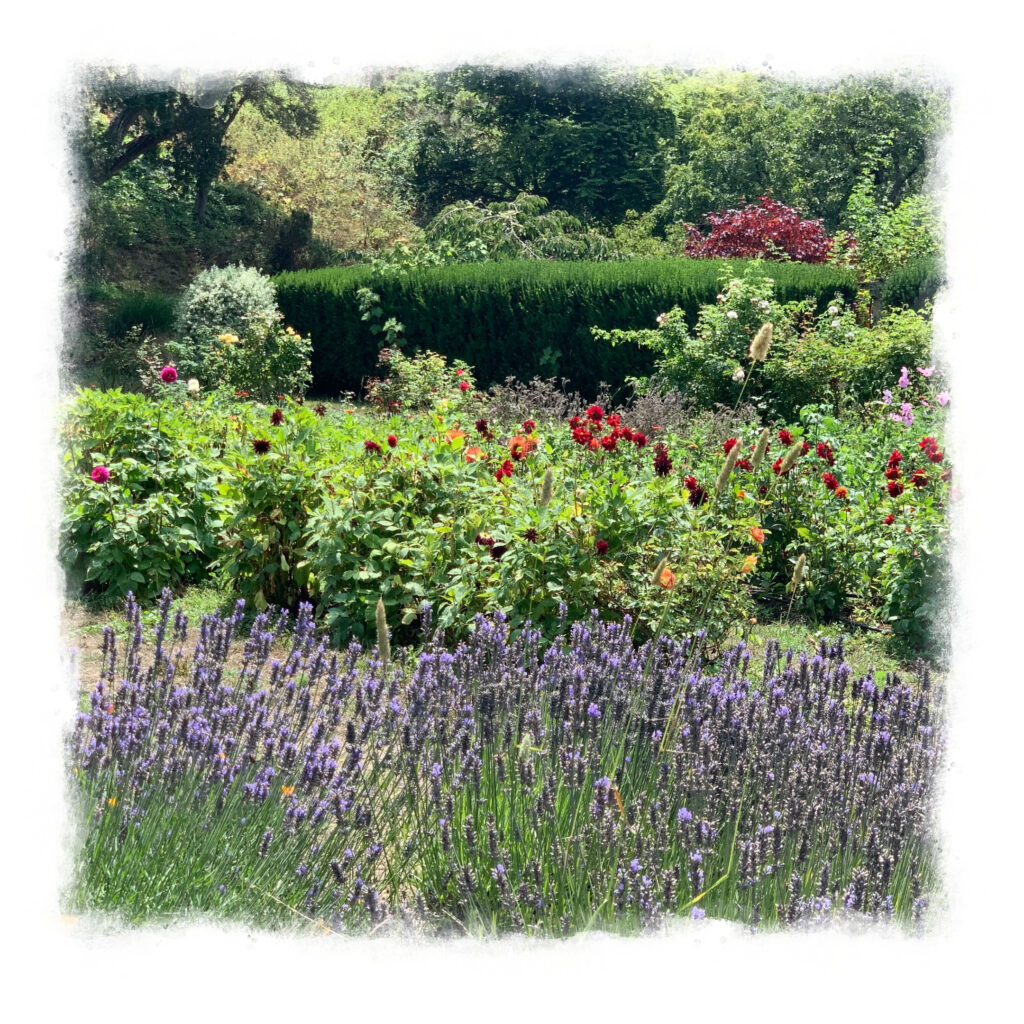September 19, 2023
This Dharma talk was originally presented during Enso Village’s one-day sit at Green Gulch Farms in August 2023, when Enso future residents and members of the Enso team had a chance to meditate and engage in discussion together.
What is Mindfulness?

When we describe Zen inspired living, one of the qualities we talk about is Mindfulness. Many of us have been exposed to this concept, and some of us have practices to help develop it. What is it? Here is a definition by Jon-Kabat Zinnn who for decades has been teaching people how mindfully meet, pleasure and pain.
Mindfulness is awareness that arises through paying attention, on purpose, in the present moment, non-judgmentally, in the service of self-understanding and wisdom.
Jon-Kabat Zinnn
OK. But how helpful is this mindfulness practice? Maybe some of us are unsure of the benefits of such a practice – and it is a practice that takes intention and effort because we are much more habituated to not paying attention to what is happening or how we are meeting what is happening. Is this effort worth it? Jon is saying that Mindfulness can help us better understand ourselves and be a bit wiser. Interesting outcomes.

Among it benefits are self-control, objectivity, affect tolerance, enhanced flexibility, equanimity, improved concentration and mental clarity.
American Psychological Association
Here’s another list from the 49 million results on Google:
- Decreased Depression. Increased Emotional Regulation.
- Reduced Anxiety and Stress. Better Memory.
- Cognitive Improvements. Stronger Relationships.
- Better Physical Health. Knowing When to Use Caution.
Pretty interesting lists. Pretty clear potential benefits.
So, if we are interested in developing a more consistent ability to be mindful: to suffer less and enjoy and appreciate what is directly in front of us and to receive some of those benefits I just mentioned, what are some of the obstacles to deepening this awareness – to strengthening the muscles that keep us present in our lives?
I am going to mention two obstacles to mindfulness, and their antidotes: each obstacle and the practice around it could be discussed separately for hours. So, this is merely a primer for getting started. The two obstacles are: Judgemental Mind and Emotional or Physical Discomfort.
The Judgemental Mind
As we start a mindfulness practice, we may begin to pay close attention to our thoughts…and if we do, we will likely discover that many of those thoughts will be those of judging one-self, judging others or comparing self to others. Getting caught in the loop of revolving negative thinking is one way to not be present to what is happening in the moment.
What does it take to break the strong habit of self-castigation. Well, first we need to notice the thoughts. And then “patience practice” is essential because it takes time and effort to undo habit patterns.
Have you ever ruminated on what you think is a flaw in your body? Have your friends and loved ones repeated over and over to you that this flaw is imaginary? Did you ever have the gift of letting go concerns about this flaw? Did it ever just dissolve into the background of your thinking? How long did that process take?
Judgmental or comparative thoughts are strong habits. However, over time if we are patient and self-aware, we will notice:
- The unhelpful nature of this kind of judgmental thinking.
- Notice how these thoughts are not ultimately true.
- How not substantiating these thoughts can lead to better and more caring relationship with ourself and others.
So patience is key to building up a reservoir of experiences of how judgmental thoughts do not help, and ultimately are not true, and can soften or fade into the background or disappear completely. Think of having a perceived enemy, whose flaws seem so real, and then they come to your aid in a crisis and transform into a good friend. The labels that were placed on that person can fall away- making us better able to be present and curious about who that person actually is.

Emotional or Physical Discomfort
When we stop, when we “pay attention on purpose to the present moment” we can sometimes notice discomfort. Humans are programmed to seek pleasure and avoid pain. Our cultural conditioning has the very strong message that we should distract from discomfort. Put those two things together and I think you will agree that we all have the strong habit of distracting ourselves from anything unpleasant and trying to replace it with something that feels good, or the habit of masking the discomfort in some way.
So, one of the antidotes to the habit of not being present due to discomfort also starts with noticing.
One of the benefits of doing meditation is that when one sits still, there is no way to avoid eventual physical or emotional discomfort. When I give meditation instruction, I often suggest that people try timing their meditation without a clock – and instead work with the discomfort that arises – which is often anxiety and not physical. I learned this from Jack Kornfield many years ago:

Sit down in a comfortable and quiet space. In the first few minutes or maybe after 10 minutes, the thought will arise that you want to get up. The thought may be accompanied by a physical pang, or anxiety around feeling trapped. Allow the thought to arise, and watch it cease – but don’t get up. Continue to sit, and the urge to get up will likely return in a minute or in many minutes. Observe this urge to get up, watch it fade – but don’t get up. Then continue to sit, observe the urge to get up when it arises, watch it fade – and then get up. Let’s not make this a test of our ability to withstand pain.
Meditation helps us tolerate small amounts of discomfort. Becoming more and more aware of how discomfort or pain always arise, and cease, will help us develop an attitude of trust. Trusting that it is ok to be present.
With practice we can better understand that the way things are is ever changing. That we often do not need to intervene when what is arising is unpleasant because it will change without our making it change. We don’t have to be afraid of being present.
We have a lot of unrealistic ideas – in particular the thought or expectation that we can control outcomes. We’ll ourselves that when there are good results we will be present for those, but when they start to change, we will take a break until the conditions are pleasant again. We think that we can choose to not be present if we keep ourselves preoccupied with planning or thoughts of the past and future.
What would happen if we spent more time listening to and observing what is in front of us, observing what is actually happening now? What if we met the pleasant and unpleasant in the same way – open to being surprised, with an attitude of curiosity – willing to meet what is there, rather than wanting it to be different? Because it isn’t even possible for what is happening in this moment to be different than it is.